(NADS) - Palm sugar making in Tinh Bien, Chau Doc is an art that combines the craftsmanship with the support of nature. Through the production process, this craft not only preserves local culture but also contributes to environmental sustainability and creates unique products imbued with tradition.

Tri Ton District and Tinh Bien Town are located in the Northwest of An Giang Province, a warm land of our country, famous for its majestic natural beauty and unique specialties. Among the traditional occupations that thrive here, palm sugar making is becoming an important source of income and a source of pride for the community.

Palm sugar making is not just a simple job, but also an art that combines the craftsmanship and support from nature. The process of making palm sugar begins with harvesting mature palm trees. These trees are usually grown in suitable land, in Tinh Bien Chau Doc, where the soil is fertile, the water is abundant and the air is humid.


The environment is also a top priority, as sugarcane juice extracted from the palmyra palm not only produces a quality product but also ensures the sustainability of the raw material. Sugar workers regularly participate in environmental protection activities and educate the community on the importance of protecting and sustainably using natural resources.


Although the palm sugar industry brings many benefits to the community, it also faces challenges. Competition from industrial sugar products and climate change can create difficulties in production and consumption. However, if the community and sugar makers can find new approaches, combining tradition and modernity, the palm sugar industry will continue to develop and contribute to enriching the economic and cultural picture in the Tri Ton and Tinh Bien mountainous areas (An Giang province).
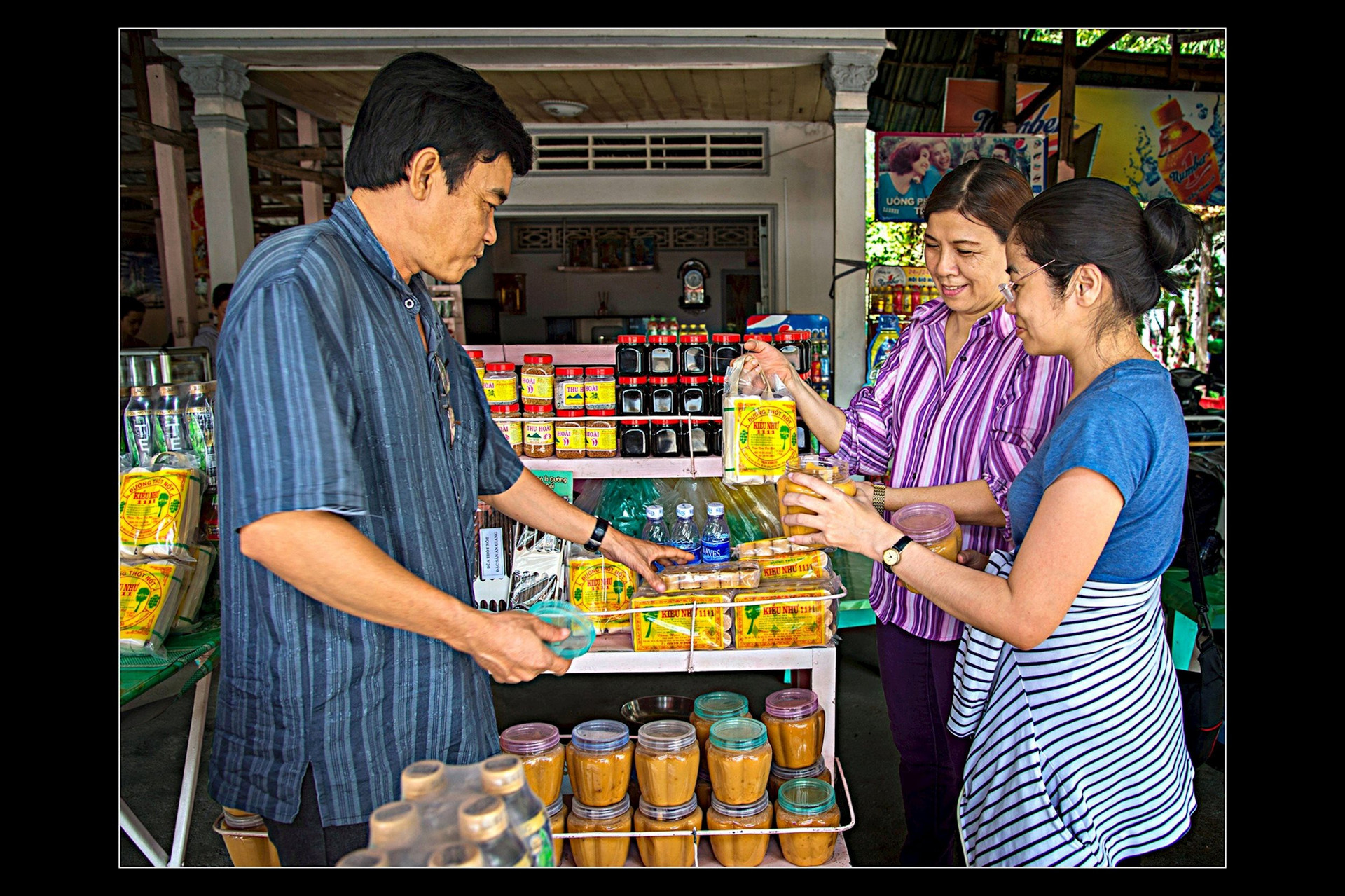
Palm sugar making is not only a job, but also a passion and tradition that has been preserved through many generations. At the same time, it is also an important step forward in environmental protection and sustainable development for local communities.
| In order to develop and enhance the value of palm trees, the People's Committee of An Giang province has issued a plan "Organic palm production and processing area by 2025, with a vision to 2030". Accordingly, by 2025, the number of palm trees exploited for organic production will reach 200 trees and by 2030, 500 trees (trees over 40 years old). Products from organic production models will be consumed by associated enterprises at 80% in 2025 and 100% in 2030. Thereby, forming and developing production chains associated with the consumption of certified organic palm trees; profits from palm trees and organic palm products are 1.5 - 2 times higher than those from conventional processing practices. By 2030, the province will form an organic palm production area in Tri Ton district and Tinh Bien town; Developing a production chain linked to the consumption of organic palm fruit to serve domestic demand, aiming for export. From there, developing organic palm fruit products with added value, certified to meet domestic organic agricultural standards, safe for users; gradually building the An Giang organic palm fruit brand, contributing to improving the lives and increasing income for farmers. In particular, on February 21, 2024, the palm sugar making profession of the Khmer ethnic minority in Tri Ton district and Tinh Bien town was included in the List of National Intangible Cultural Heritage by the Ministry of Culture, Sports and Tourism, as a type of traditional handicraft. |


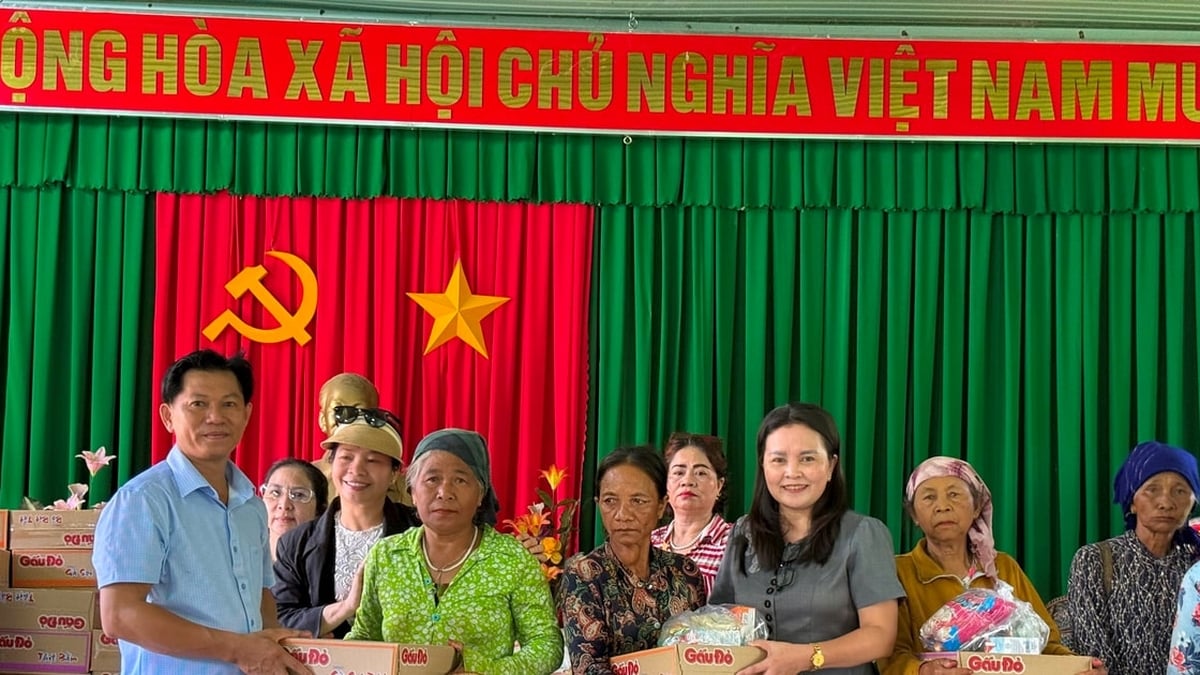


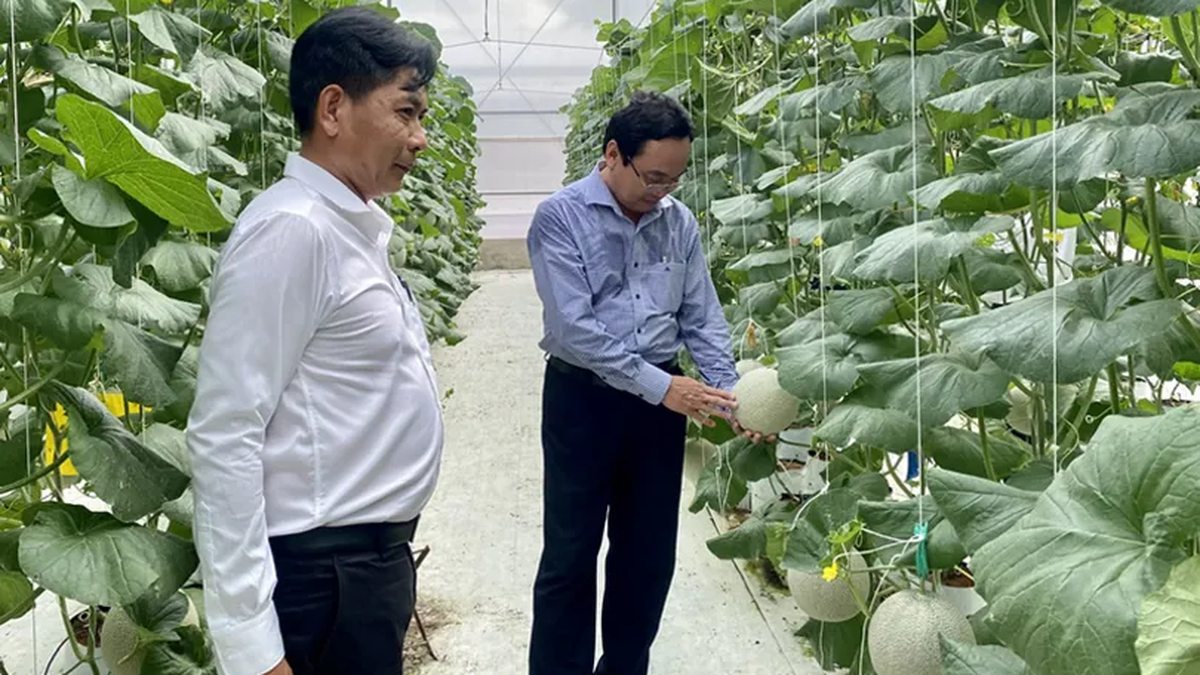
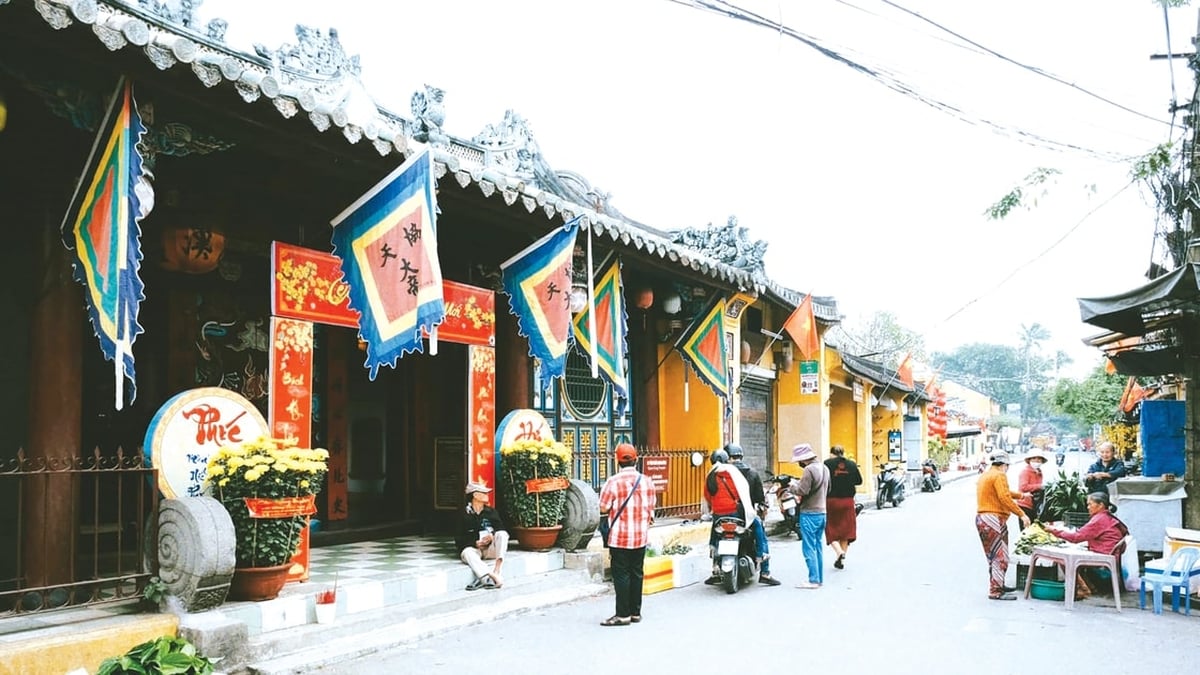



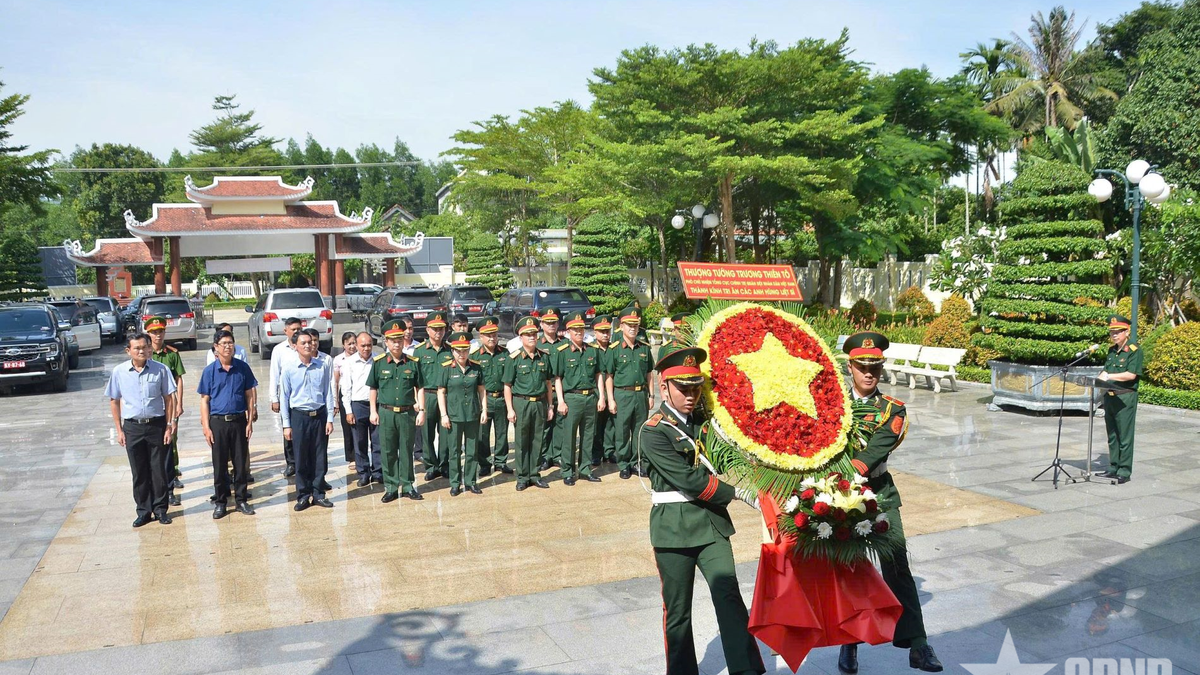
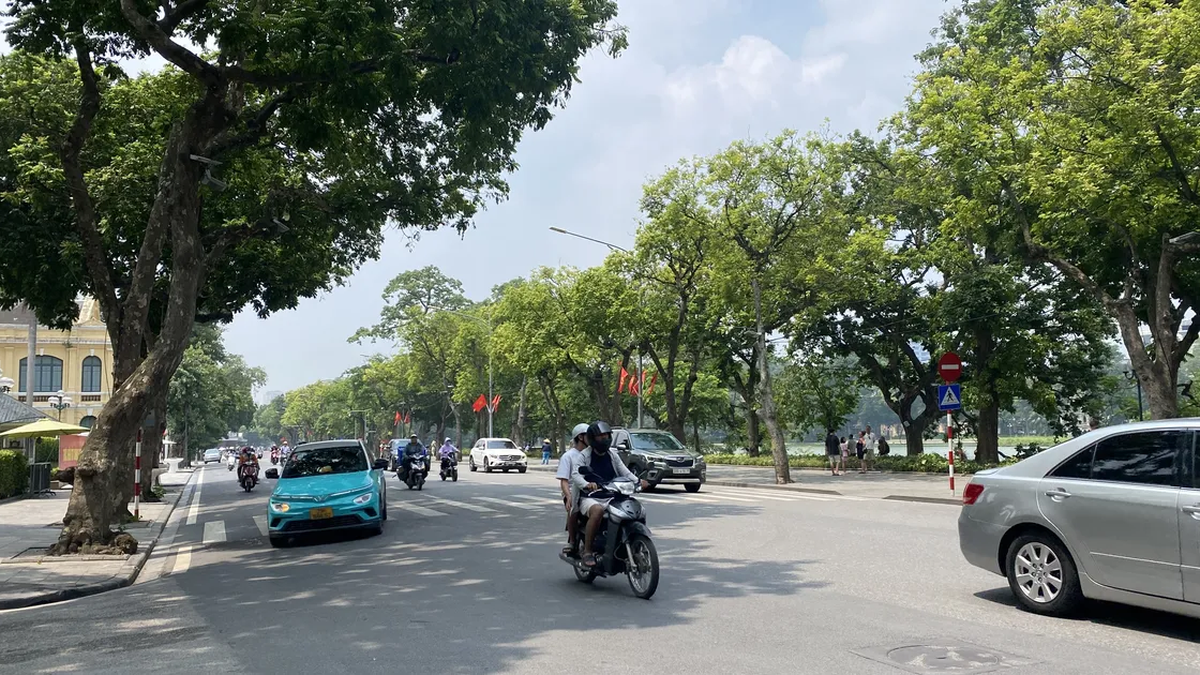















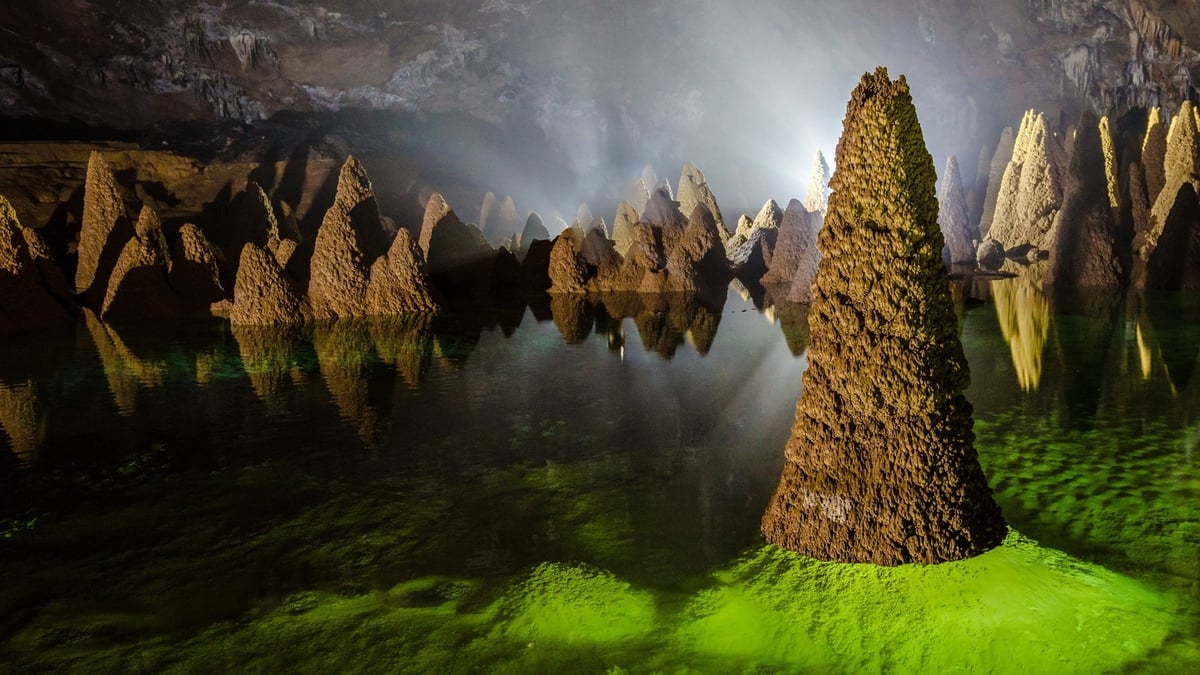




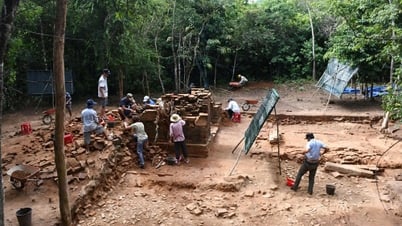

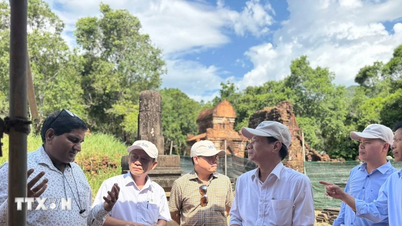









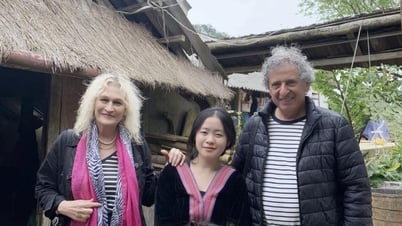




















































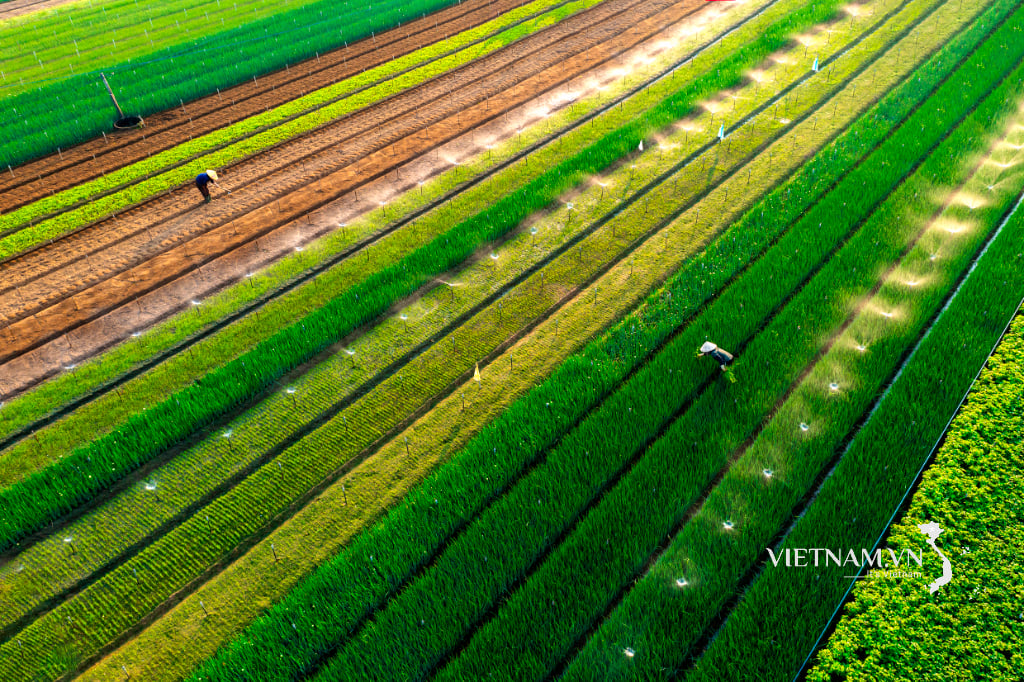



Comment (0)